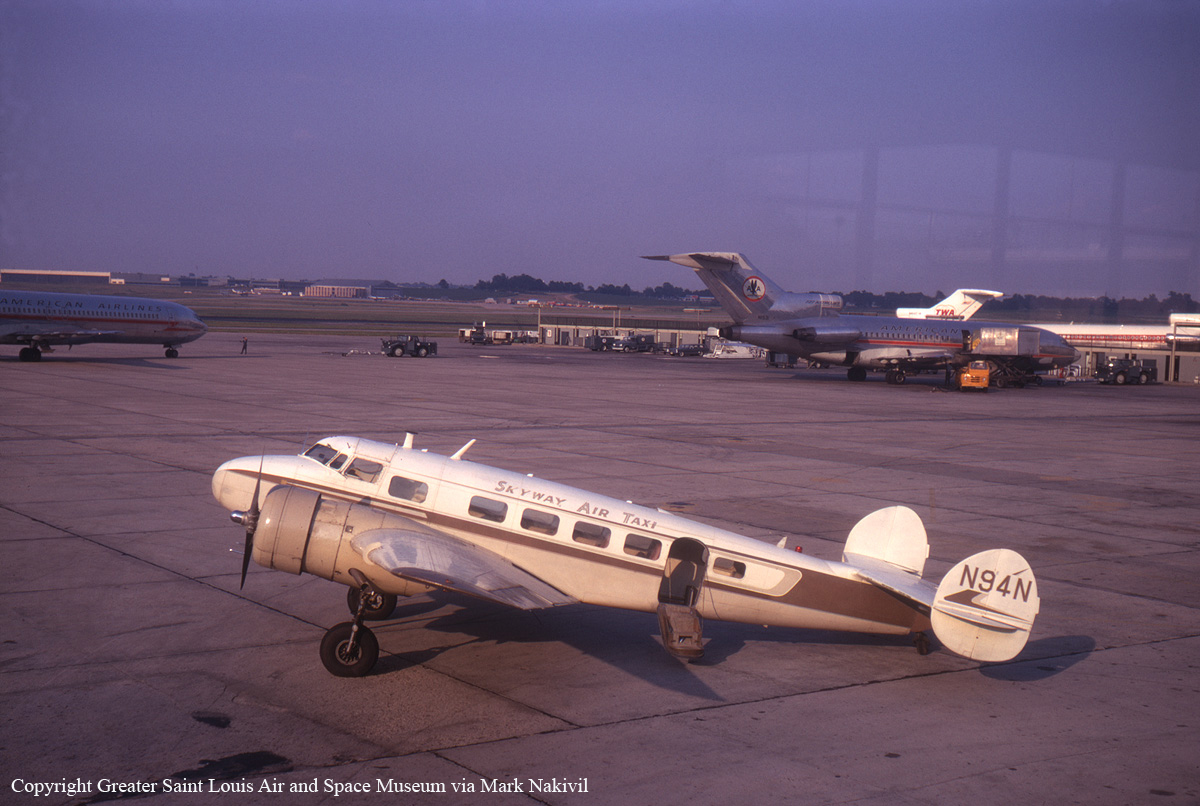Crash of a Lockheed 10A Electra in Eldon
Date & Time:
Apr 18, 1970 at 0930 LT
Registration:
N94N
Survivors:
Yes
Schedule:
Fort Leonard Wood – Omaha
MSN:
1101
YOM:
1937
Crew on board:
2
Crew fatalities:
Pax on board:
10
Pax fatalities:
Other fatalities:
Total fatalities:
0
Circumstances:
While in cruising altitude, the right engine lost power. Unable to maintain the assigned altitude, the crew decided to attempt an emergency landing. The airplane belly landed in a prairie and slid for dozen yards before coming to rest. All 12 occupants were uninjured while the aircraft was damaged beyond repair.
Probable cause:
Engine failure in flight caused by a contaminated fuel by water. The following contributing factors were reported:
- Inadequate preflight preparation,
- Water in fuel,
- Intentional wheels-up landing,
- The pilot-in-command failed to follow the approved procedures,
- Improper emergency procedures,
- Partial loss of power on one engine,
- Water and rust found in the right engine carburetor,
- Improper single engine procedures.
- Inadequate preflight preparation,
- Water in fuel,
- Intentional wheels-up landing,
- The pilot-in-command failed to follow the approved procedures,
- Improper emergency procedures,
- Partial loss of power on one engine,
- Water and rust found in the right engine carburetor,
- Improper single engine procedures.
Final Report:


